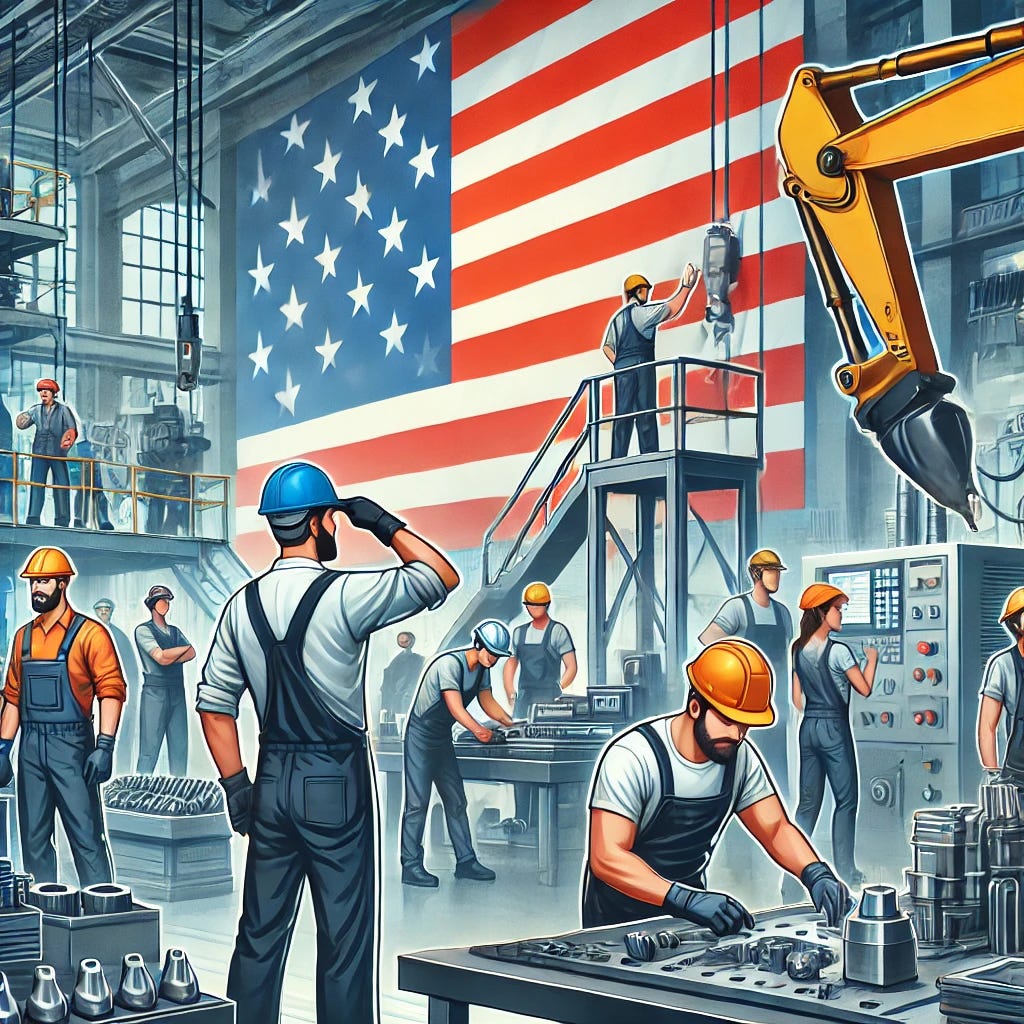In honor of the 130th anniversary of Labor Day, may we give thanks to all the hardworking men and women in the US of A. With a special thanks to those in B2B distribution – because B2B distributor workforces are built different.
During Covid, B2B distribution laborers were the people coming into the office and the warehouse while everyone else was barricading themselves inside their homes. I was disinfecting my Uber and Instacart deliveries on the front patio before bringing groceries in the house. B2B distributor workforces were working extra shifts for months to keep our hospitals, grocery stores, fuel and other day-to-day essentials stocked and open for business.
It was funny – Covid was the easiest time to get in direct communication with the CEO of a B2B distributor. Where were they? Simple: at their desk, in the office. With fewer staff in the office – they answered the phone themselves.
This industry has set a great example for Hard Work. Arguably one of the most admirable qualities anyone can exhibit. Certainly, one of the key qualities I’m trying to instill in my little kids. Work hard at whatever you do. And, B2B distribution answered the call - especially when the nation called on it in trying times.
Labor of the Future will Need New Skills
The labor force of the future will look a lot different. As AI and automation make their way into the office and warehouse, the role of the laborer will change quite dramatically.
Laborers will need to learn how to leverage technology to do their jobs better and faster. They’ll need to learn how to troubleshoot when the technology breaks – as it always does. And, how to fix the technology.
Unfortunately, the laborer is often forgotten in today’s society, particularly in manufacturing and, by proxy, B2B distribution. As more and more manufacturing jobs were shipped overseas, so has our infrastructure for trade schools and education.
Customer Service and AI
One of the areas where AI could make a material impact for B2B distributors is in customer service. There’s a whole slew of AI companies working on customer service applications in a B2C context. But more recently, AI companies are taking a B2B approach.
The models we like the best incorporate a “human in the loop.” This means that the AI isn’t going to get everything right on its own. There are points of escalation and monitoring that should be done on the AI as it performs its tasks. By having a “human in the loop,” the AI can be better trained and achieve higher customer satisfaction scores. Without the “human in the loop,” we think its harder for the AI to truly be successful.
As the AI does its job, what can your US-based workforce do with that extra time? If able to be more proactive rather than reactive, how much value could they create? You can free up part of your teams’ time and enable them to do more satisfying and impactful work.
However, for your offshore workforce or call center staff, the AI could result in more direct synergies.
One of our keynote speakers at the Innovators Summit – Eric Glyman, CEO & Founder at Ramp – is going to speak about how his employees use AI in their day-to-day jobs. He says that Ramp is enabling all their employees to take advantage of AI and I look forward to hearing about how. With Ramp being one of the fastest growing companies, ever – growing to over $300M annual revenue in 5 years with a valuation of over $8 billion – we should all listen and takes notes!
Hardware Automation in the Warehouse
I recently wrote about bringing manufacturing back to America and how technology could be the mechanism to make that dream a reality. We’re seeing more and more efforts for reshoring, and over the next 10 years, I think we’ll see major breakthroughs.
Similarly, in the warehouse, there’s been initial progress with automation. Like Symbotic, founded by Rich Cohen, owner of C&S Wholesale. Rich saw the issues and opportunity for automation in his own warehouses at C&S and decided to launch a company and go solve the problem himself! Quite the distributor way. That decision worked out pretty well for Rich – after founding Symbotic in 2007, it currently has an $11 billion market cap.
The automation systems like Symbotic, Autostore and others operate within pretty well defined and restricted parameters. Boxes have to be a certain size and weight. It is very capital intensive and requires a lot of solution-specific infrastructure.
There is, however, a new wave of automation technologies which are more “plug and play.” These solutions bring autonomy to existing functions in the warehouse, helping to make the existing process more efficient. For example, autonomous forklifts to automate the receiving and loading workflow. Or cameras to automatically scan pallets as they come off the truck, and drones to automate your inventory cycle counts. These technologies are younger and have promise – like with Walmart’s recent partnership for autonomous forklifts.
Last, but not least, Training
In all these examples, there’s an opportunity, and in some places a requirement, for higher skilled labor that is more specialized and higher paid. Training is key if this industry is going to be successful.
This is a multi-multi-year journey we’re on – and there’s multiple kinds of training that can be provided to help our workforce become more specialized. There’s efforts that companies can put together themselves to train employees, create internship program and partner with local schools and community colleges. Vertical specific industry associations could use much needed donation dollars! Hint: if you’re an AI tech startup with a nifty solution, go sponsor your industry’s association “next gen tech” upskilling program.
More than just upskilling existing employees, we’ll also need entirely new job roles. Some new job titles would be an “automation or controls technician/specialist/engineer” or a “maintenance technician.”





